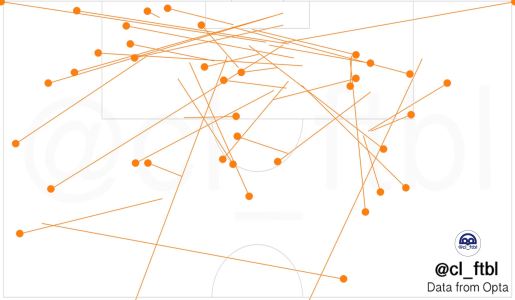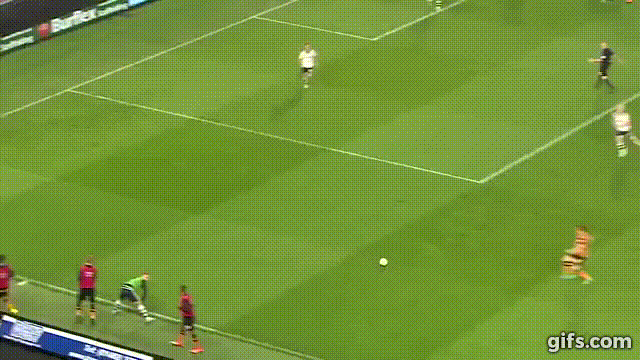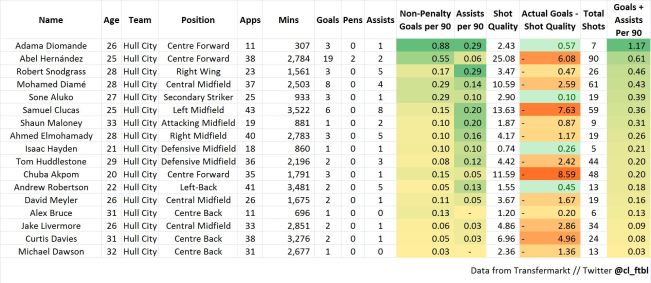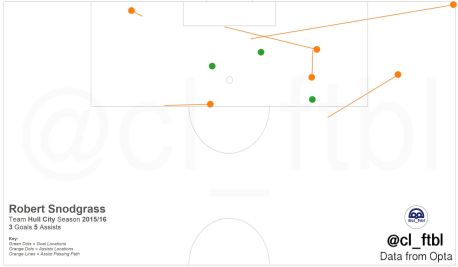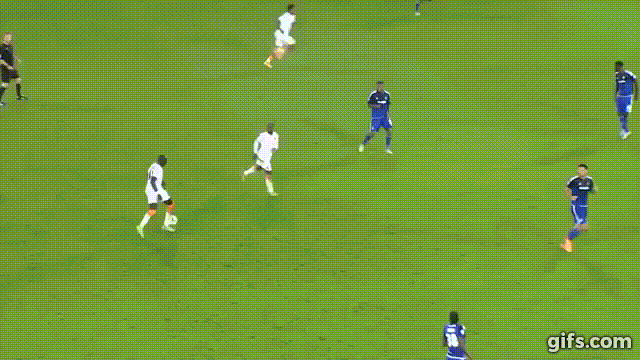Like my other article, it’s early days in my writing career so please share any feedback/improvements by tweeting me @cl_ftbl on Twitter. Your feedback is crucial for allowing me to improve and I appreciate any feedback you can give me.
The purpose of this post is to complete a post-mortem into the defeat Sheffield Wednesday suffered in the Play-off final against Hull City. As a Sheffield Wednesday fan myself it was certainly a hard pill to swallow but everyone connected with the club should be proud of the progress we have made over the last 12 months. It would be unfair to start criticising individual performances as this is not what I’m here for, I will be focusing on what Hull City did well and how they nullified the threat the Owls posed and prevented us from playing our natural game.
Steve Bruce named an unchanged side whereas Carlos Carvalhal opted for one change bringing in Sam Hutchinson at the expense of Alex Lopez. The purpose of this change was certainly a tactical one with Hutchinson a more defensive option providing additional support to the centre-backs and managing the threat Diame posed, particularly the late midfield runs I spoke about in the opposition analysis.

Overall, Hull City edged the game and deserved their win with a chance quality (xG) of 1.91 compared to a chance quality of 0.77 for Sheffield Wednesday. As discussed before, the meaning of this is that you would expect an average team to score 1.91 goals for the chances Hull City created and 0.77 goals for the Sheffield Wednesday chances. The overall impact of this is that Hull City created more, and had the better chances meaning they probably ran out deserved winners.


Above are GIF’s comparing the passing networks for each team for the Play-off final to the respective Play-off semi final winning games, incidentally both in the first leg. If you have watched Sheffield Wednesday much this season then you will know how important play through the centre of the park is to the playing style. The wide men will look to sit narrow dragging the opposing full backs inside creating space for Hunt and Pudil to overlap and create overloads. (I might do an article on Sheffield Wednesdays playing style if there is enough interest, please let me know if so)
If you firstly look at the Hull City map you can see how much deeper Huddlestone was operating and how much higher the two central defenders were. This prevented any space between the defensive and midfield lines meaning Forestieri and Hooper were unable to get on the ball and found themselves isolated for a lot of the game. If you then look at the Sheffield Wednesday map you will see Wallace taking up a much wider position and Hooper in a much deeper position, this was forced upon due to the lack of space in the middle, so they had to move positions to try and get on the ball. You will also see how much higher Elmohamady and Odubajo were operating on the Hull City right, which explains why Pudil was in a much deeper position and struggled to get forward as he found himself pinned back.
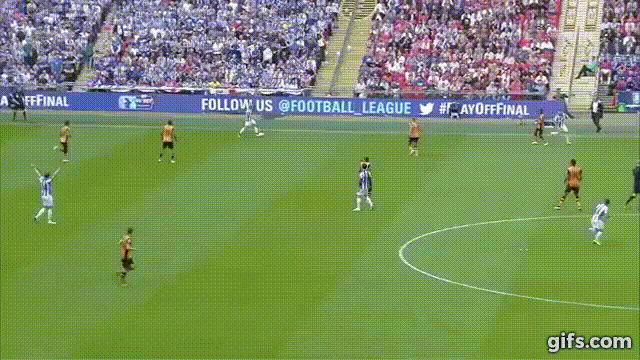
Hull were pressing really quickly in their own half and remaining tight to Forestieri and Hooper meaning that the Owls were unable to get the ball into their forwards feet, when they did find feet they struggled to get support around the receiver allowing Hull to crowd them out and force a turnover in play. The one time the Owls managed to get the ball into feet Forestieri turned Dawson on the 8th minute and was in-behind the Hull defence until he was cynically brought down. The Owls were patiently moving the ball across the backline for a lot of the first half probing the Hull defence, but they found it difficult to find a rhythm and play their natural game.
Hull’s key player on the day was certainly Mohamed Diame. He was causing some real problems for the Owls winning the ball back in midfield and driving at the Owls defence. You could see the Owls were struggling to cope as he hit the post early on from one of those driving central midfield runs. Although I don’t have the video, the Owls had put in preventative measures to deal with this as Kieran Lee was following the third man runner on many occasions, but on this occasion Diame managed to find the space on a counter attack. Diame’s range of passing was another threat identified in the opposition analysis proving effective, his through ball in the 29th minute sent Hernandez one-on-one which would have put Hull one up but for a fine save by Kieran Westwood.

It’s clear to see that Diame is a quality player and should be playing at a higher level but having spoke to a lot of Hull fans he, like a lot of their team struggled to find consistency over the course of the season, which explains why they didn’t finish in a much higher league position. The link between Diame and Hernandez is at the heart of everything Hull City do so well, retaining both of these will be crucial to their Premier League status next season.
As a Sheffield Wednesday fan I would like to congratulate Hull City on their win and wish them all the best for the future.
Don’t forget to tweet me your feedback on this article @cl_ftbl






